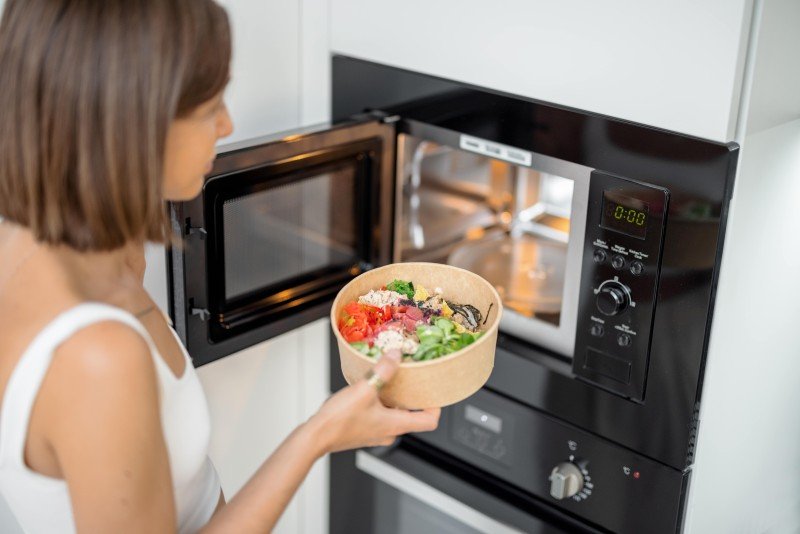The Complete Guide to Ovens and Hobs: Choosing the Right Appliances for Your Kitchen
When it pertains to developing culinary work of arts, the significance of quality kitchen appliances can not be overemphasized. Ovens and hobs are the heart of any kitchen, allowing home cooks and professional chefs alike to create, bake, and sauté delicious meals. Understanding the different kinds of ovens and hobs, in addition to their functions and performances, is crucial for making informed purchasing decisions. This article provides an extensive take a look at ovens and hobs, assisting you browse the choices available so that you can enhance your kitchen's effectiveness and versatility.
Comprehending Ovens
Ovens are necessary for cooking and baking and been available in different types to meet varied culinary needs. Here is an introduction of the most typical types of ovens:
1. Traditional Ovens
Standard ovens work by heating the air inside with gas or electric aspects. They are ideal for baking cakes, roasting meats, and cooking casseroles.
2. Convection Ovens
These ovens utilize a fan to distribute hot air, offering an even temperature throughout, which can significantly reduce cooking times. web link are perfect for baking cookies or roasting vegetables.
3. Microwave Ovens
Microwaves cook food rapidly utilizing electro-magnetic radiation. They are ideal for reheating leftovers or thawing frozen foods but are not suitable for browning or crisping.
4. Wall Ovens
Integrating a wall oven into your kitchen style can save space and create a streamlined aesthetic. They operate much like traditional or stoves however are built into the wall for easy access.
5. Range Ovens
These ovens combine stovetop burners with an oven, offering adaptability for those who prefer a single home appliance for all cooking requirements.
| Type | Cooking Method | Best For |
|---|---|---|
| Conventional | Electric/Gas | Baking, roasting |
| Convection | Air circulation | Quick cooking, even baking |
| Microwave | Electro-magnetic | Reheating, defrosting |
| Wall Ovens | Electric/Gas | Space-saving, sleek design |
| Variety Ovens | Electric/Gas | Versatile cooking |
Exploring Hobs
Hobs, also referred to as cooktops or stovetops, provide the surface area to cook pans directly over a heat source. Like ovens, hobs come in different types, which can be categorized as follows:
1. Gas Hobs
These hobs utilize a flame for cooking and supply instant heat control. They are preferred by lots of chefs for their responsiveness and precision.
2. Electric Hobs
Electric hobs utilize coils or flat surfaces to heat pans. They use a constant heat source, but they might take longer to cool down compared to gas hobs.
3. Induction Hobs
Induction hobs use electromagnetic energy to heat pots and pans directly, making them highly effective and quicker to cook. They are likewise easier to clean as the surface area remains reasonably cool.
4. Strong Plate Hobs
These are older technology that utilizes solid metal plates to supply heat. They are long lasting but are less effective than modern choices.
| Type | Heat Source | Advantages | Disadvantages |
|---|---|---|---|
| Gas Hobs | Flame | Instant heat control | Requires gas connection |
| Electric Hobs | Electric coils | Constant heat | Slower to cool down |
| Induction Hobs | Electro-magnetic | Fast cooking, energy-efficient | Requires compatible pots and pans |
| Strong Plate Hobs | Strong metal plate | Resilience | Less efficient |
Choosing the Right Appliances
Choosing the ideal oven and hob for your kitchen involves considering different elements:
1. Space and Layout
Procedure your kitchen location to determine the size and positioning of the oven and hob. Guarantee there is adequate ventilation, particularly for gas devices.
2. Cooking Style
Think about how typically you cook and the kind of meals you prepare. A stove might fit devoted bakers, while somebody who regularly stir-fries might prefer an induction hob.
3. Energy Source
Choose on the energy source that best fits your way of life. Gas uses instant control, while electric and induction hobs supply ease of use and are typically more energy-efficient.
4. Spending plan
Determine your budget for kitchen appliances. Ovens and hobs vary significantly in price, depending on features and brand names. Focus on essential features that meet your requirements.
5. Features
Try to find functionalities such as self-cleaning alternatives, clever innovation compatibility, particular rack configurations for ovens, and security features for hobs.
Regularly Asked Questions (FAQs)
Q1: What is the distinction between a standard oven and a convection oven?A1: Conventional ovens warm the air inside without fans, while convection ovens make use of a fan to distribute hot air for more even cooking. Q2: Can I utilize aluminum pots and pans on induction hobs?A2: No, induction hobs require ferrous (magnetic )products like cast iron or stainless steel to work successfully. Q3: Do gas hobs heat faster than electric hobs?A3: Yes, gas hobs supply immediate heat, making them faster for cooking compared to electric hobs. Q4: Is it safe to use a microwave oven?A4: Yes, when used according to the maker's guidelines, microwave ovens are thought about safe for food preparation.
Q5: How frequently need to I clean my oven and hob?A5: For optimum efficiency, tidy your oven frequently, specifically after spills. Hobs ought to be wiped down after each use
to avoid accumulation. Ovens and hobs
are vital elements of a fully equipped kitchen. Understanding the numerous types, their performances, and the factors to consider associated with acquiring
them can significantly improve cooking experiences. Whether one is a casual home cook or an expert chef, investing time in picking the ideal devices can lead to culinary success and satisfaction in the kitchen. By prioritizing features that line up with your cooking style, energy sources that fit your home, and spending plan factors to consider, you can develop an effective work area that motivates culinary imagination.

